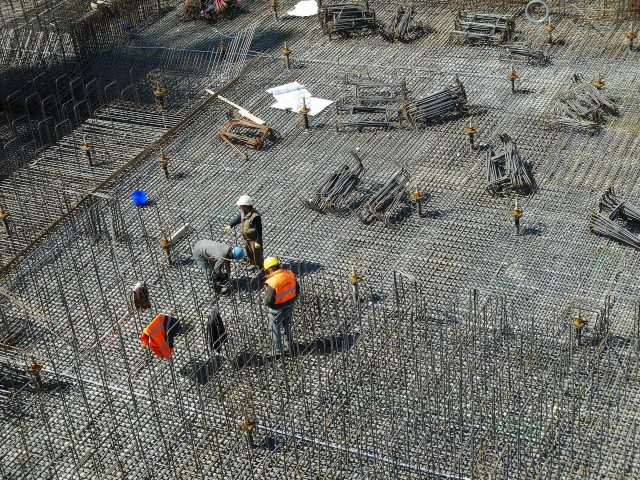
Modern casinos are usually housed in giant buildings, often as part of something called an “integrated resort”. These resorts combine thousands of hotel rooms (including premium suites), a casino game floor, several restaurants, numerous bars, spas, swimming pools, night clubs, cinemas, gyms, conference facilities, and retail space.
Casinos across the world, including those in Europe, Asia and North America all offer live entertainment from music to comedy shows, while Las Vegas also regularly hosts major sporting events like blockbuster boxing matches and MMA fights. Of course, this isn’t the only way for casinos to operate. Advancements in technology have created opportunities for casinos to offer new ways for their customers to play. Gamers can now find a plethora of themed video slots and other casino games on the internet, with the option to use their computer, smartphone, or tablet.
Most people look at these enormous businesses and try to understand how they operate. You’ll find countless articles, blogs, and even journal publications about how casinos use technology, probabilities, and huge amounts of personpower to run profitably. But you’ll find much less written about the actual construction of these engineering marvels. Yet, just as much thought goes into their design and construction, as without it, the buildings wouldn’t be able to cram in so much into one place.
Converting Old Buildings
Some of the most famous casinos in the world are also the oldest. For example, Casino de Monte-Carlo in the principality of Monaco first opened in 1863 while Italy’s Casino di Venezia opened its doors way back in 1638.
Casinos don’t have to be old to use old buildings though. In London, The Hippodrome Casino was created by converting the Victorian-era theatre building into a modern gaming facility.
Over its more than 100 years of existence, the building had been renovated several times, becoming one of London’s most popular nightclubs. To create The Hippodrome Casino, the architect Paula Reason faced the unenviable challenge of uncovering the patchwork of remodels done over the years in a way that was safe and restored the building to its former glory.
At a cost of £40 million, the casino’s gaming floor was constructed where the stage-level seats would have once sat. While a statue of a horse and chariot, that had been designed by the building’s original architect, influenced the styling of the interior designs.
Using Steel Frames
For larger casinos and integrated resorts, old buildings just won’t cut it. They need to be designed from scratch to maximise the use of space and the revenue it can generate. That’s how all of Las Vegas’ casinos have been created, with their owners looking to cram as much as possible in their buildings.
One of the most iconic Vegas resorts is the Bellagio which cost $1.6 billion. It was constructed in the late 1990s and opened in October 1998. Its main tower is 151 metres high with 36 stories squeezed inside. The hotel has almost 1,000 rooms and is joined by a fine art gallery, a night club, a circus, several restaurants, and 10,800 square-metres of gaming space.
A building on this scale can’t be built with traditional bricks and mortar. Instead, a specially designed steel frame was required. Structures like this require just as many mathematical calculations as a casino game itself, as it needs to support the load that will be placed on the building and be protected from fire.
Photographs taken during its construction show four cranes being used to lift the beams and other materials into place.

Mechanical & Electrical
Mechanical and electrical installations are one of the highest costs of any construction project, but for a large integrated resort, the costs are eye-wateringly high. Each hotel room requires its own bathroom, with at least one toilet, sink and shower, and each needs to be connected to a huge network of fresh and wastewater pipes. The same goes for electrical and data cabling.
That doesn’t account for the hundreds of miles of cabling required for the complex camera and sensor systems used on the gaming floor, the huge lighting system required in the cinemas and theatres, and the ventilation systems required right around the building.
For the hotel rooms, the installation can be sped up through the use of modular construction where each room is built in a factory, transported to the site, and then craned into place. This means economies of scale achieved from a production line can bring the cost and timescales down.
However, for the one-of-a-kind systems used on the gaming floors, these need to be installed manually on site. A job of this scale will require hundreds or even thousands of labourers at a time.













